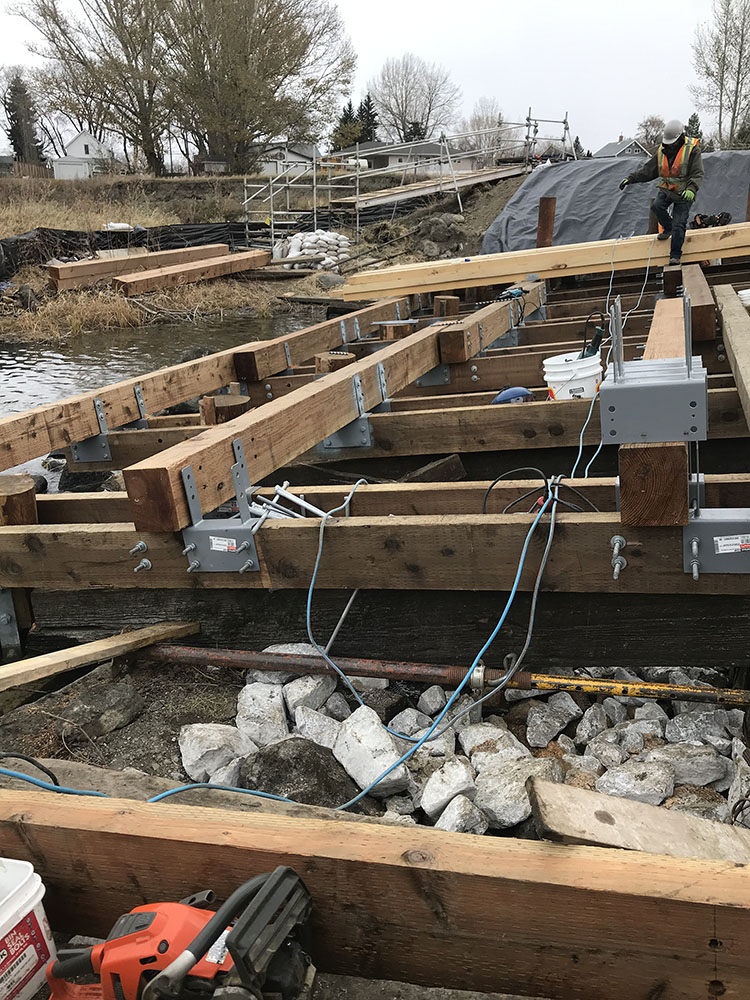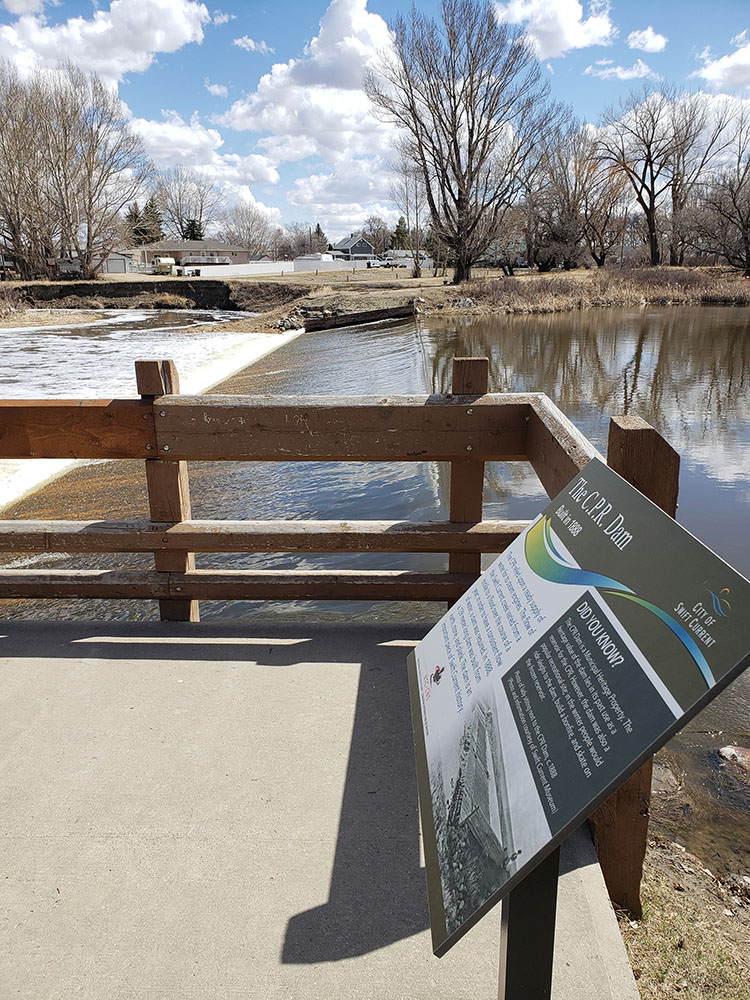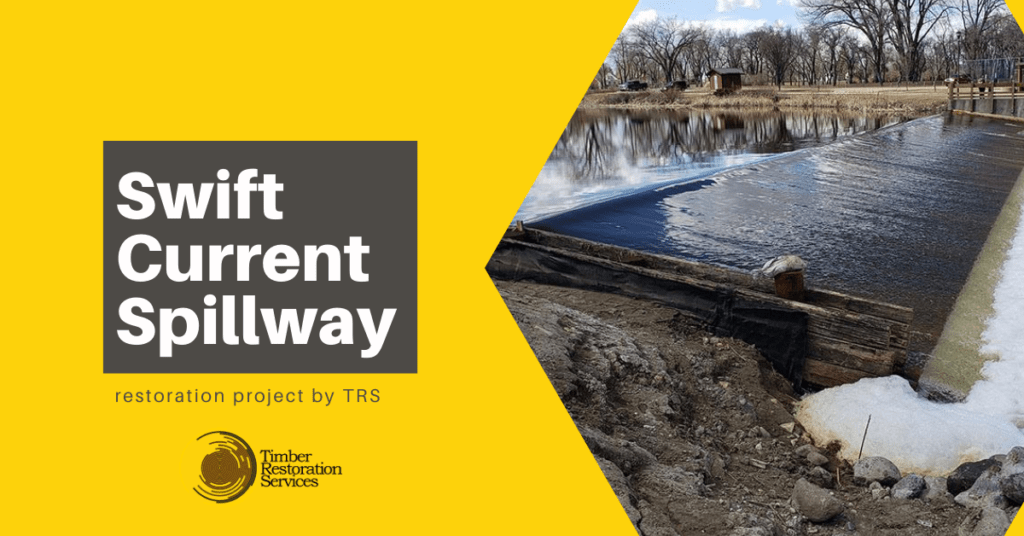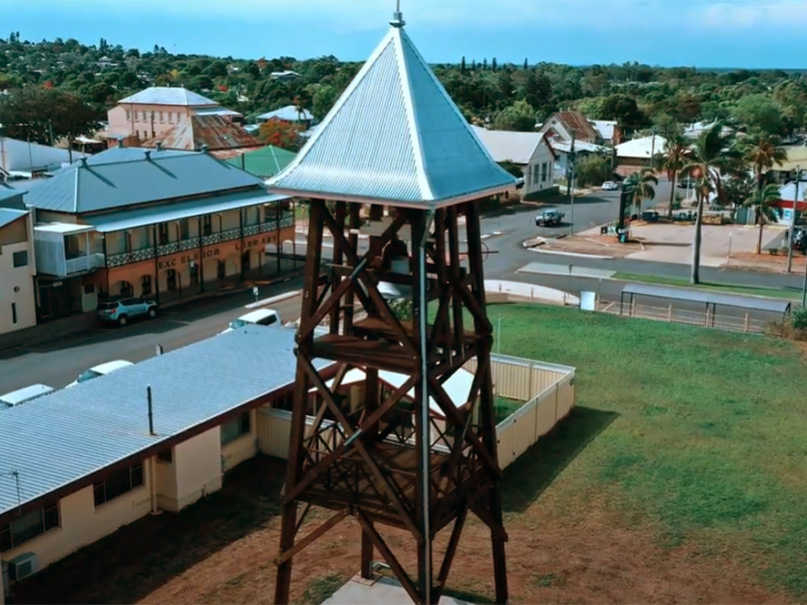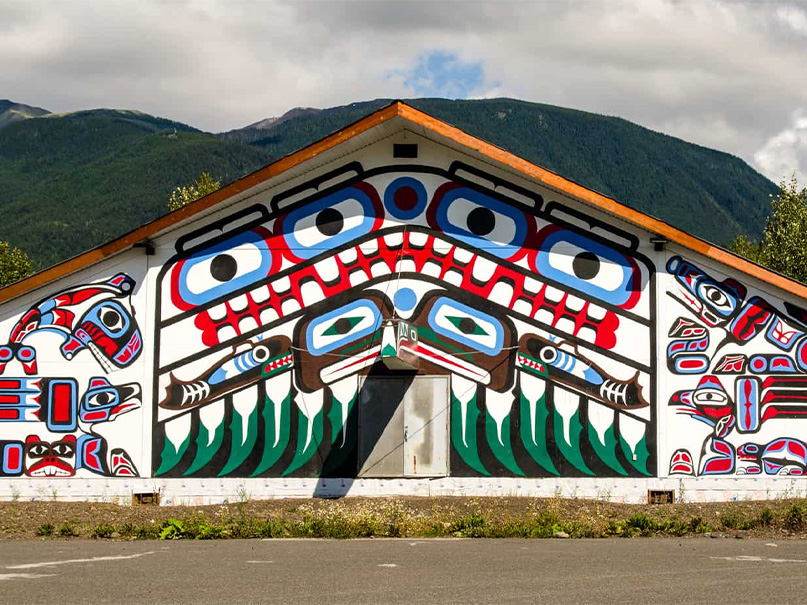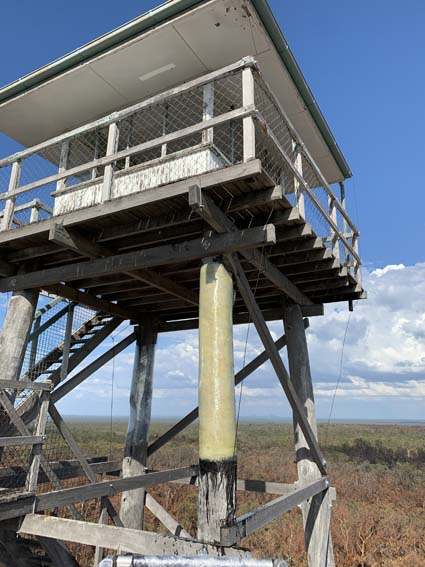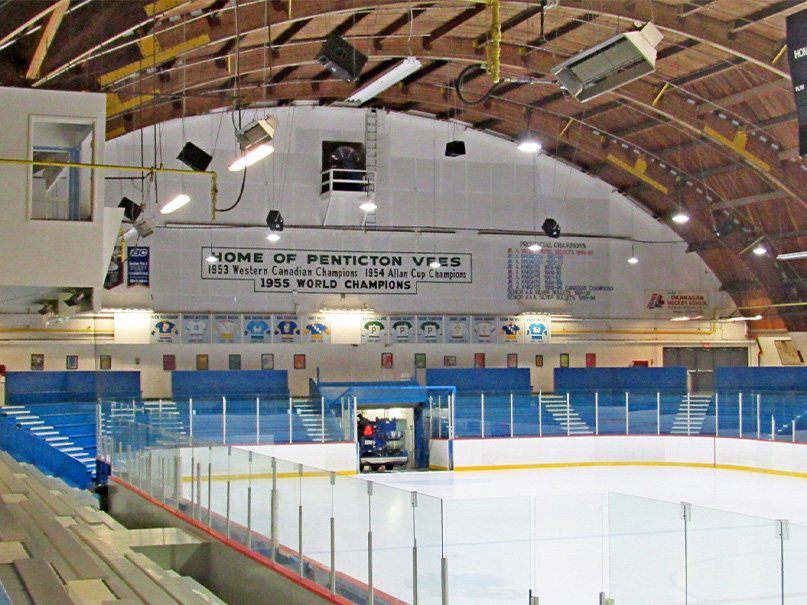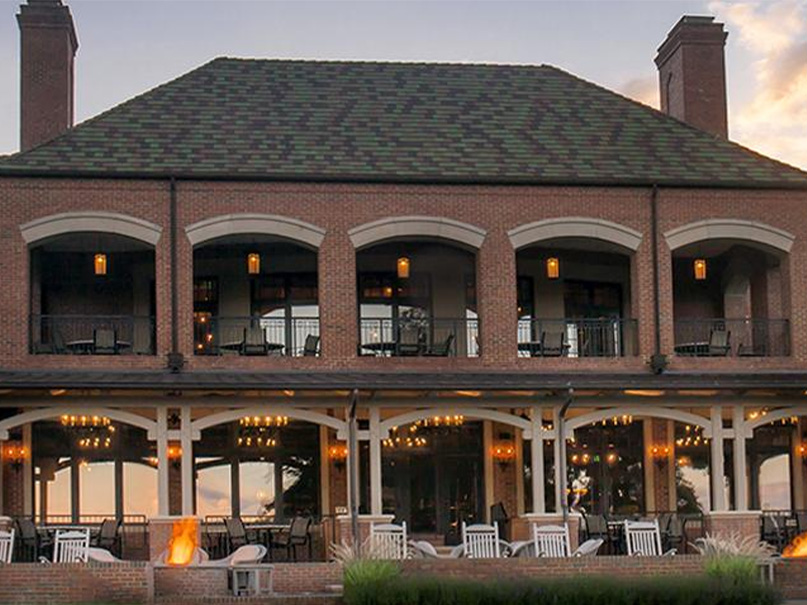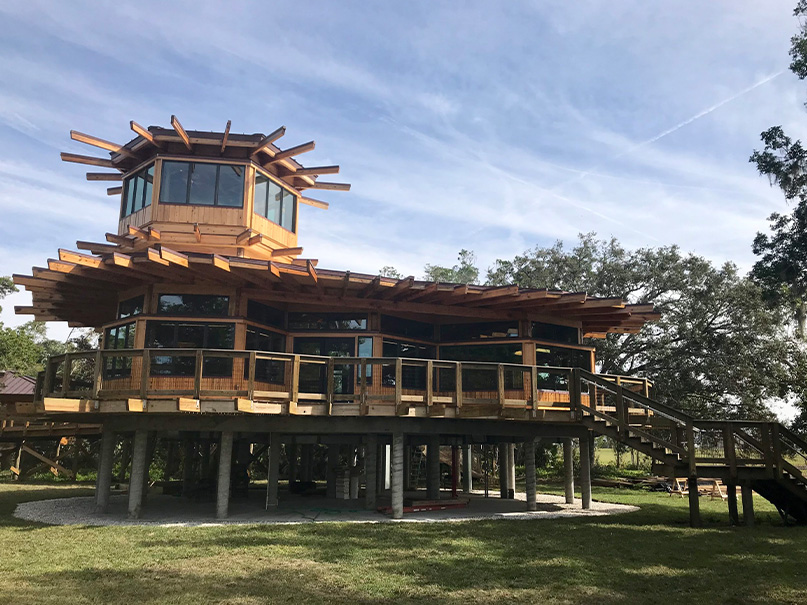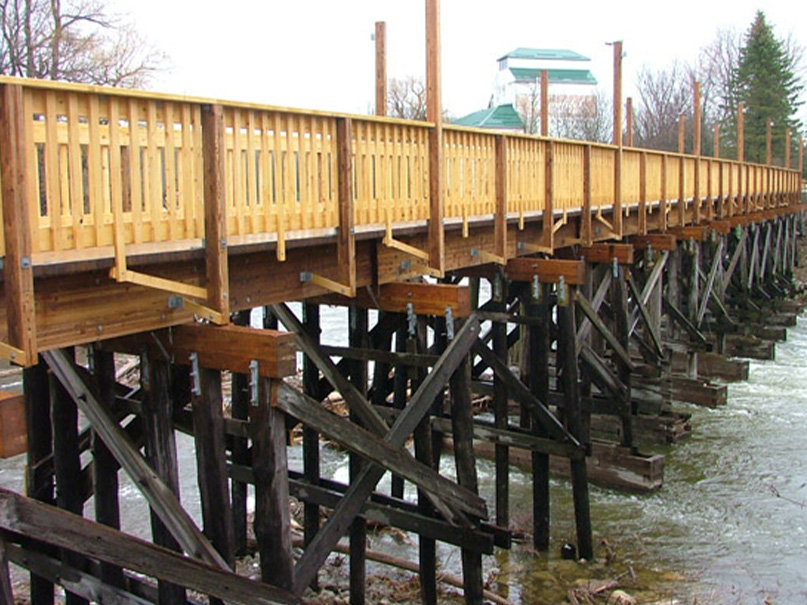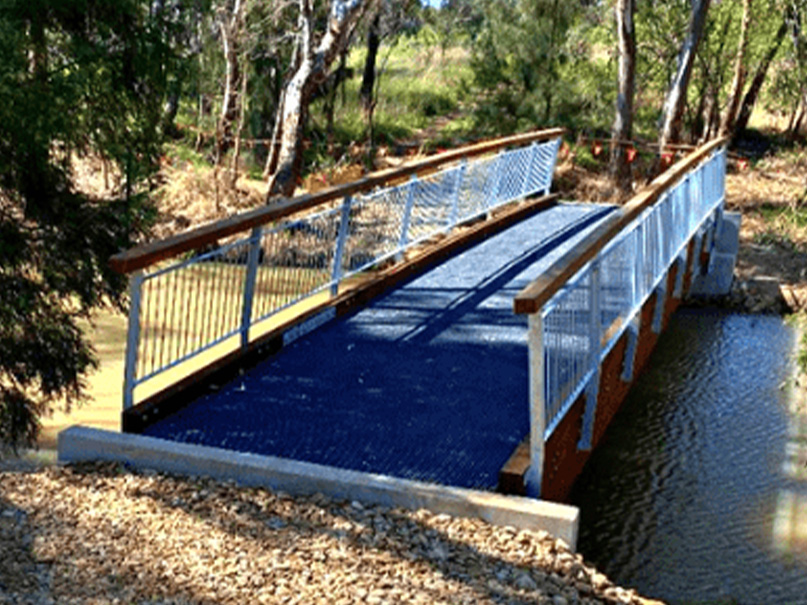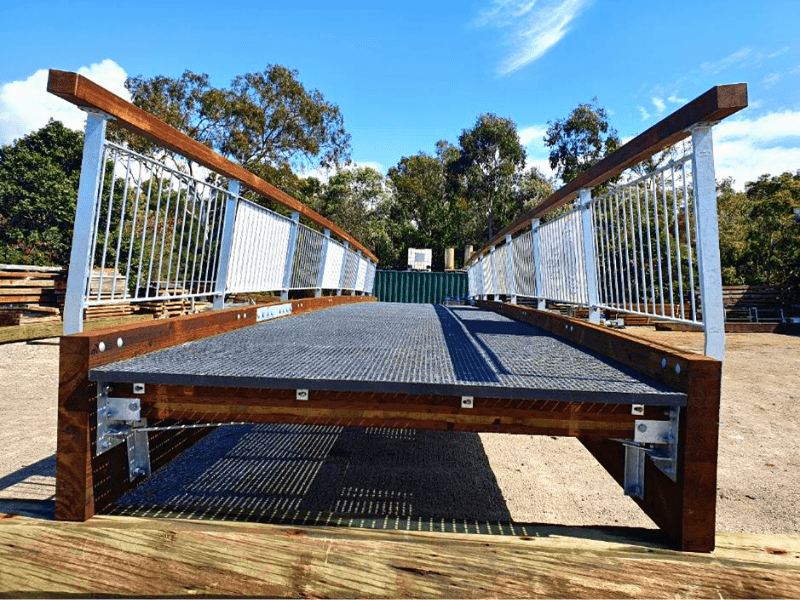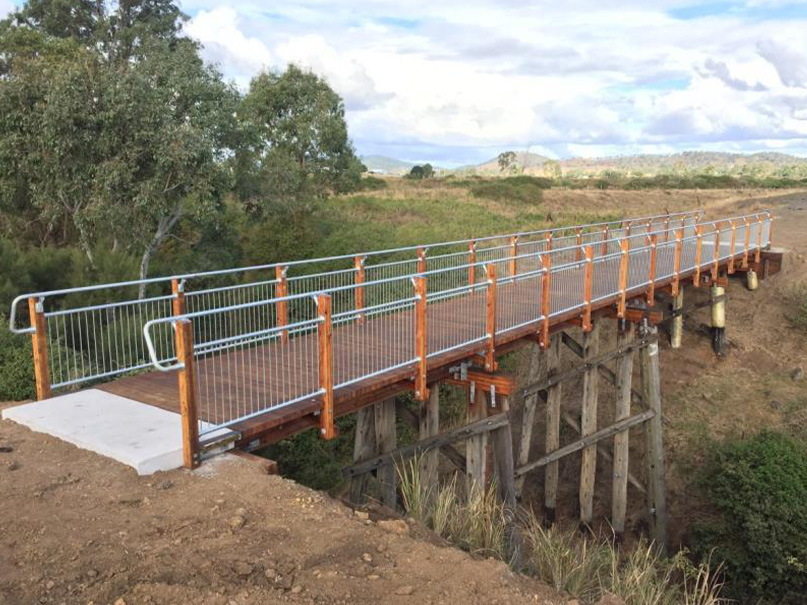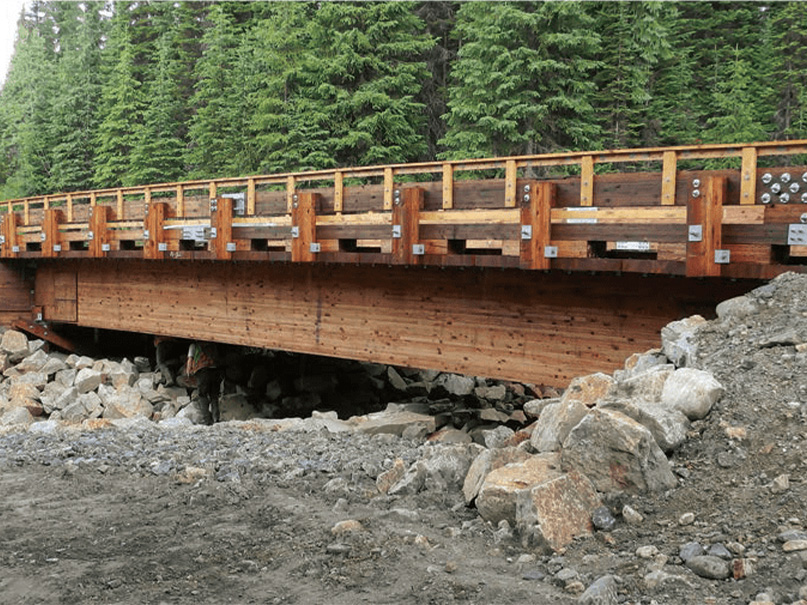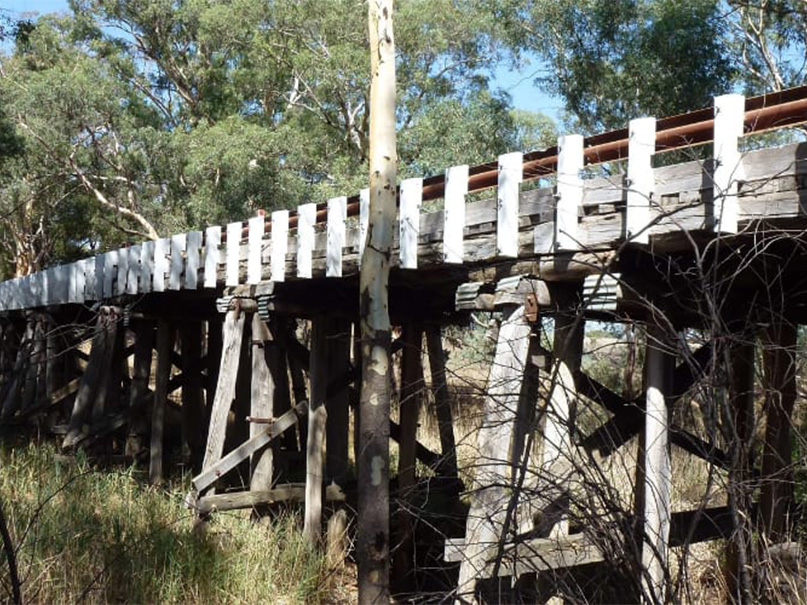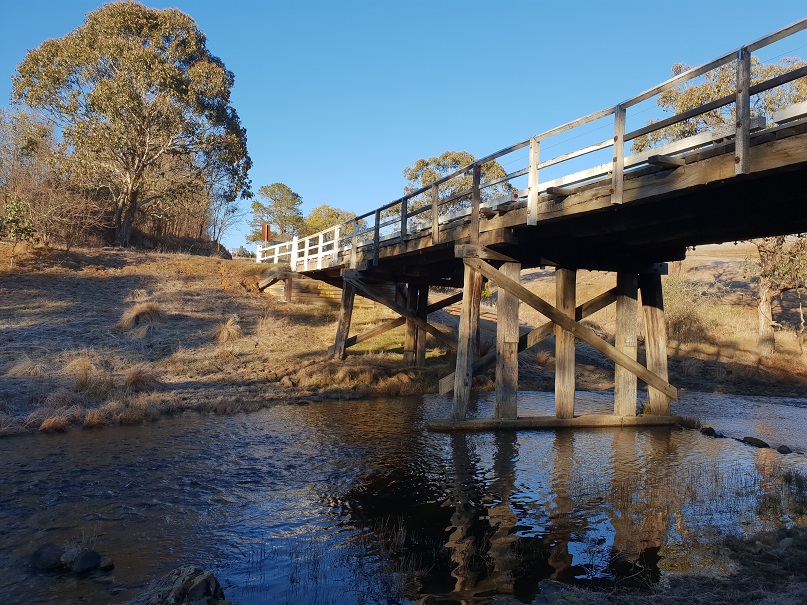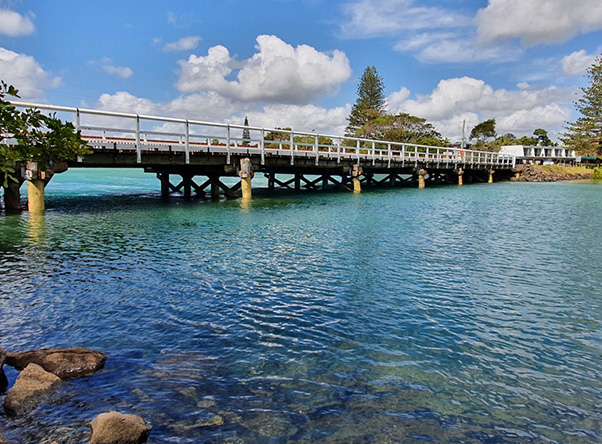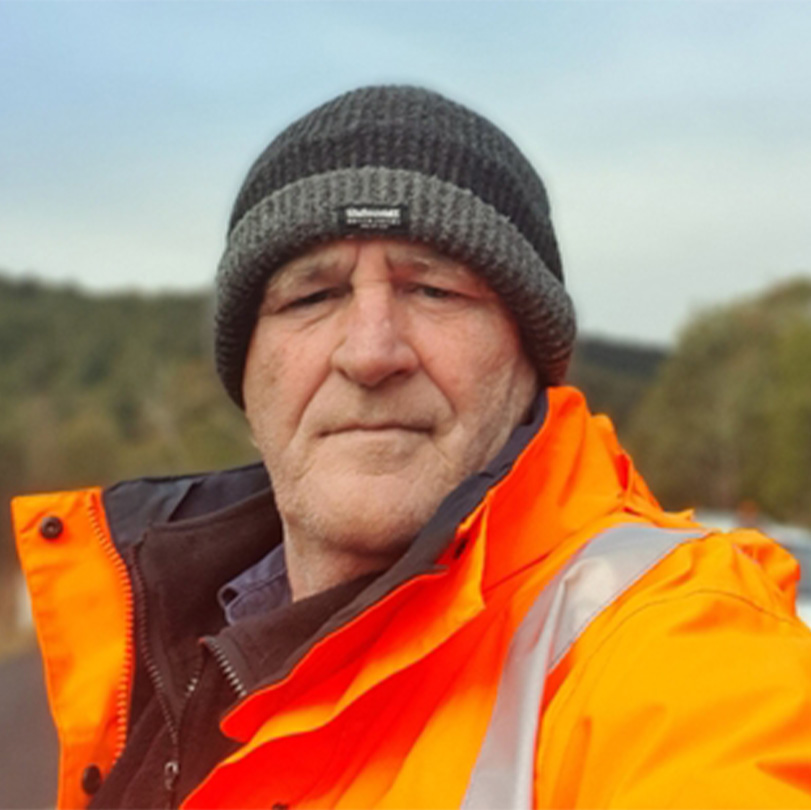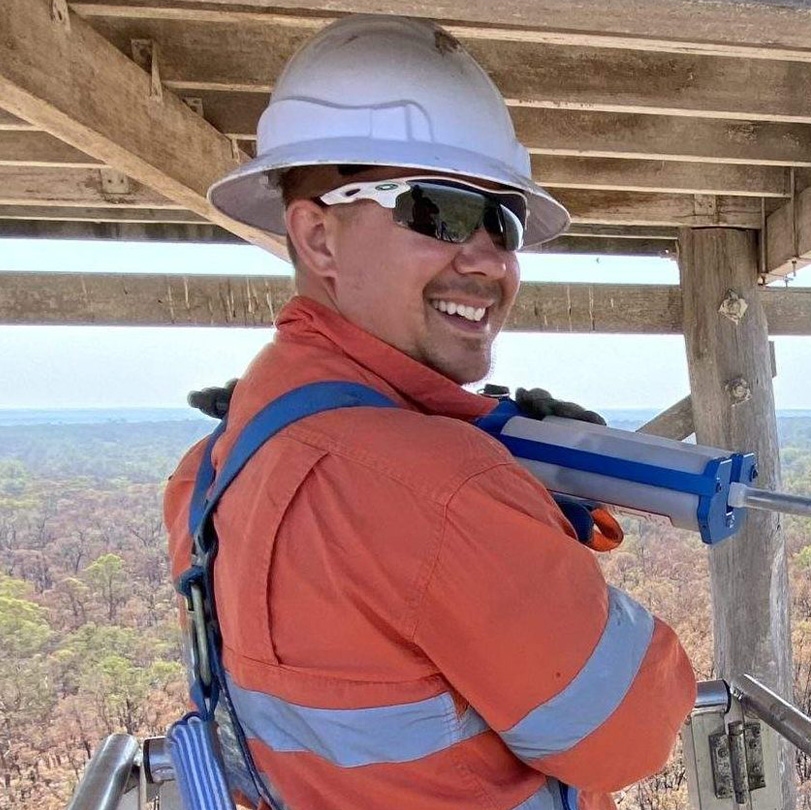Swift Current, Saskatchewan is the home of a 44.2 metre Spillway that crosses Swift Current Creek. Originally 53.9m from bank to bank, this structure was constructed to retain water in a head pond for the re-filling of steam locomotives on the Canadian Pacific railroad tracks nearby. The existing Spillway was constructed over the previous one and a viewing platform was installed on the northwest side of the creek by encasing a portion of the timber structure. Elements from the original construction are still in place between the current structural elements.
In 2017, Wood Research and Development, was commissioned by WSP Swift Current to complete a Level 2 Condition Assessment of the Spillway and to design & produce a tender package for its restoration. We were then awarded this tender in spring of 2019.
Before work on-site had begun, the Swift Current area experienced a heavy rainfall. The city was flooded and the Spillway was subjected to damages. The large and fast flow of water over the Spillway resulted in scour in downstream areas of both sides of the structure. WRD designed an emergency repair procedure comprised of several layers of rip rap in decreasing size to fill the holes created. Some of the emergency repairs were conducted concurrent to the repair work by TRS.
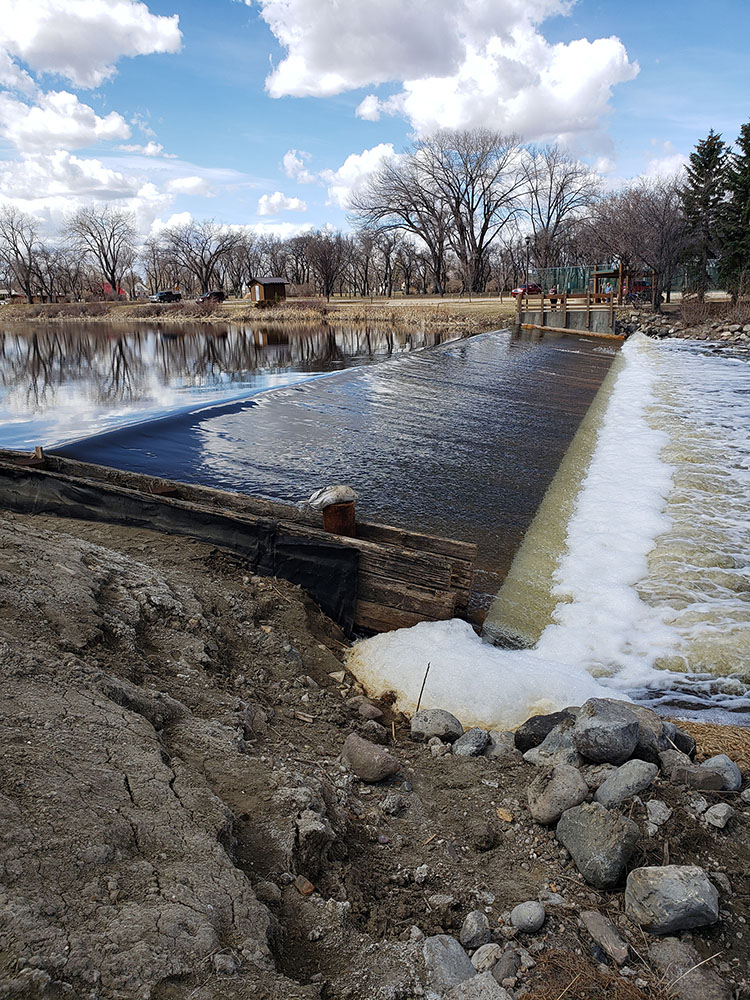
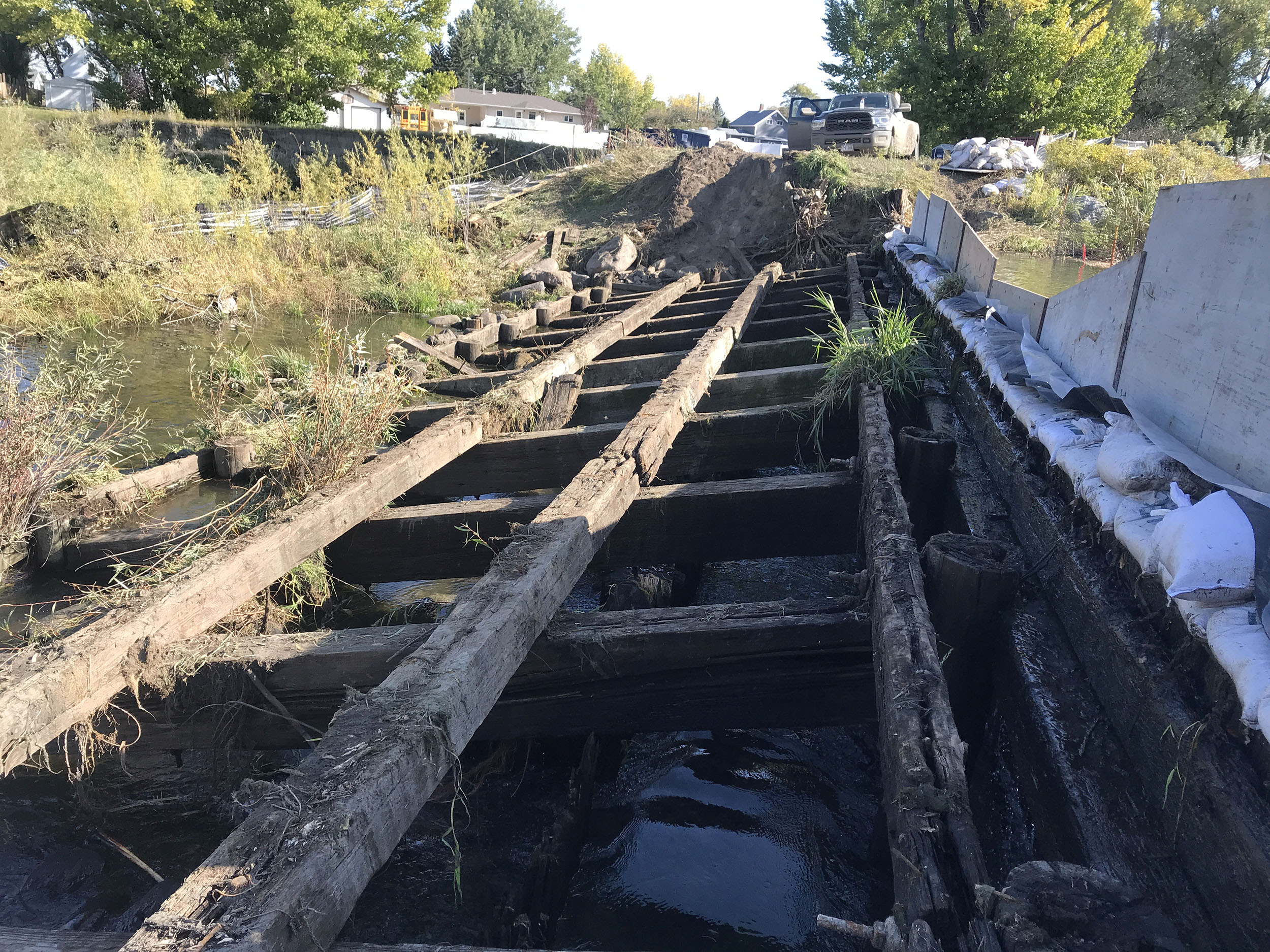
The Spillway was restored in sections, as seen on the left, starting at the southeast end of the structure. One section at a time was blocked off at the southern, higher-elevation, end of the Spillway to prevent water from spilling from the head pond into the construction area. Deck planks in that section were removed and those in good condition set aside in the staging area for re-use as needed.
The final section of the structure to be blocked off for repair was at the northwest end where a portion of the original structure had previously been encased in concrete to create a viewing platform. An unexpected condition was discovered here that required a change in the design of the structure repair: the concrete for the viewing platform was found to be sitting on the timber structure, not on a footing as originally thought. WRD engineers designed a repair to work with the site conditions.
As a final touch, a new railing was installed at the viewing platform (below).
COMPLETION OF CONSTRUCTION – DECEMBER 2019
